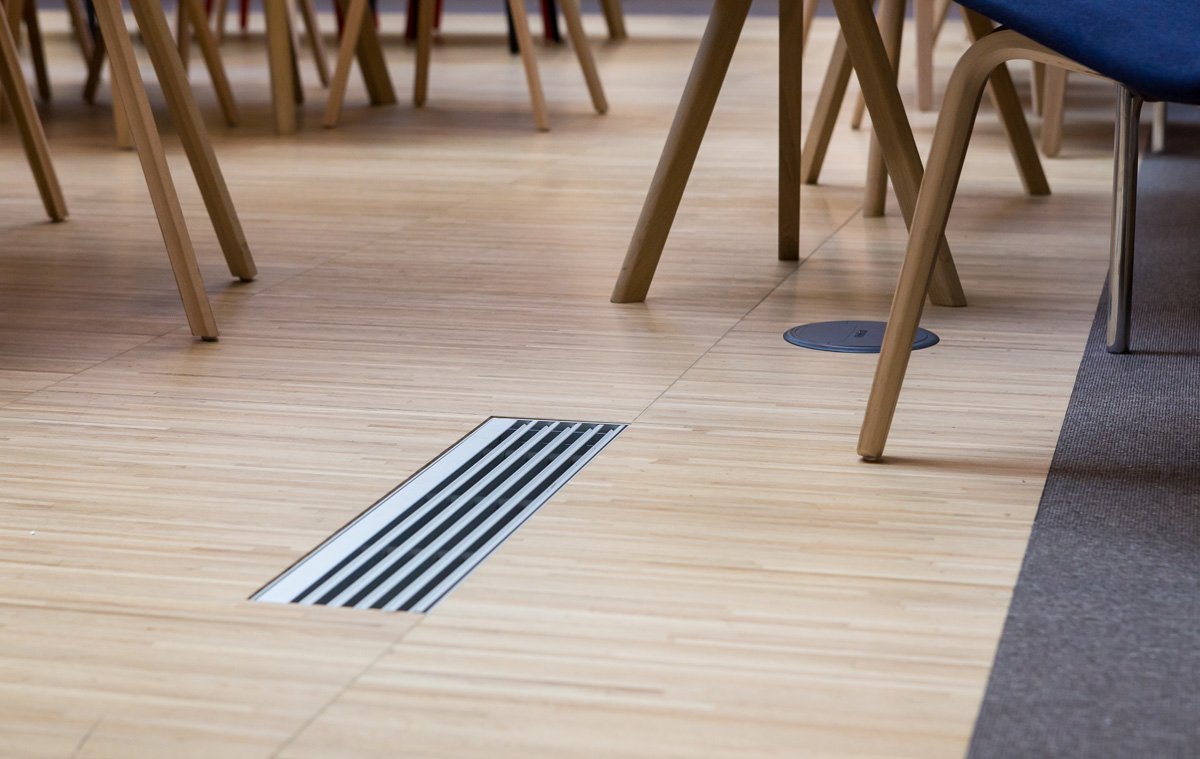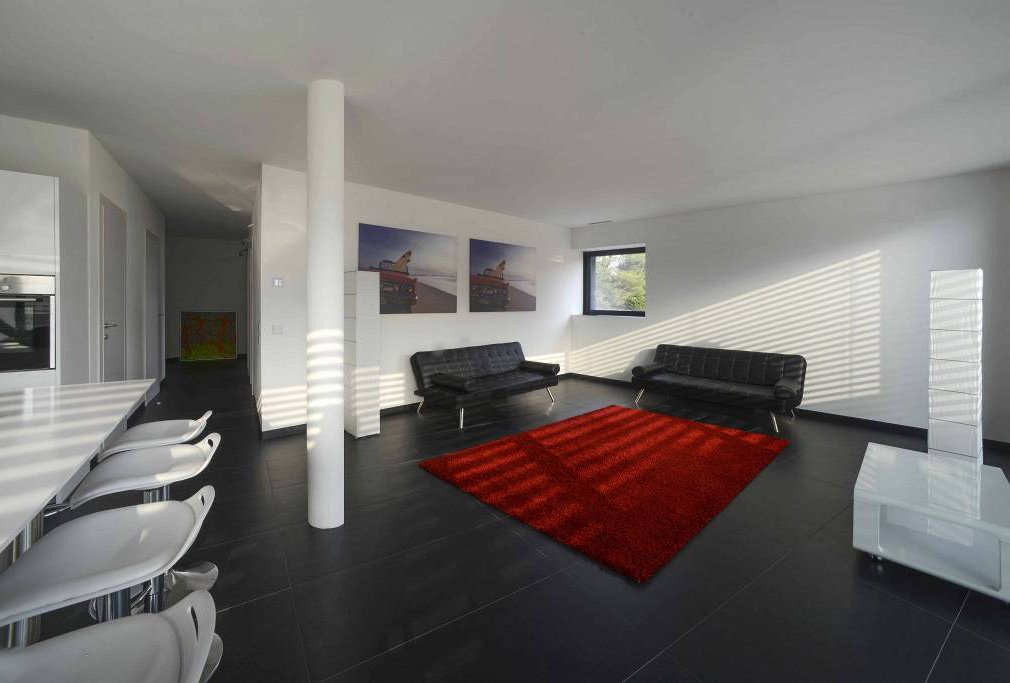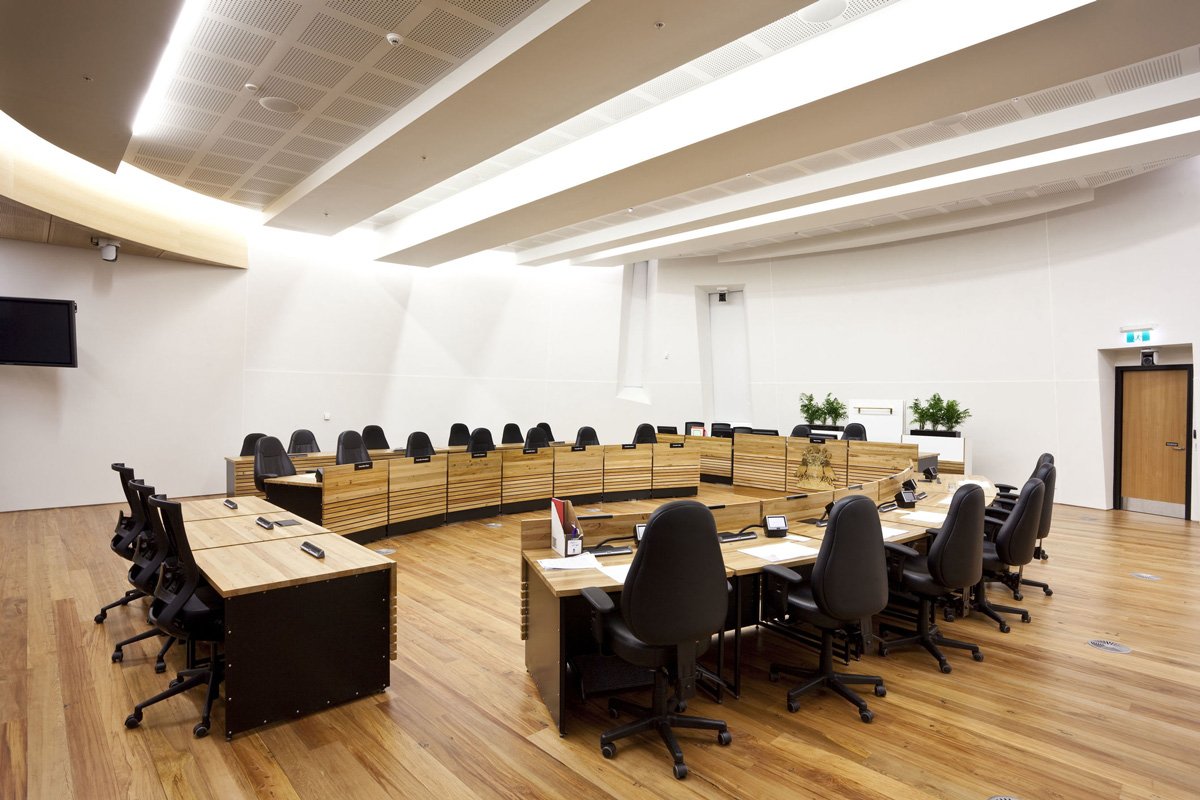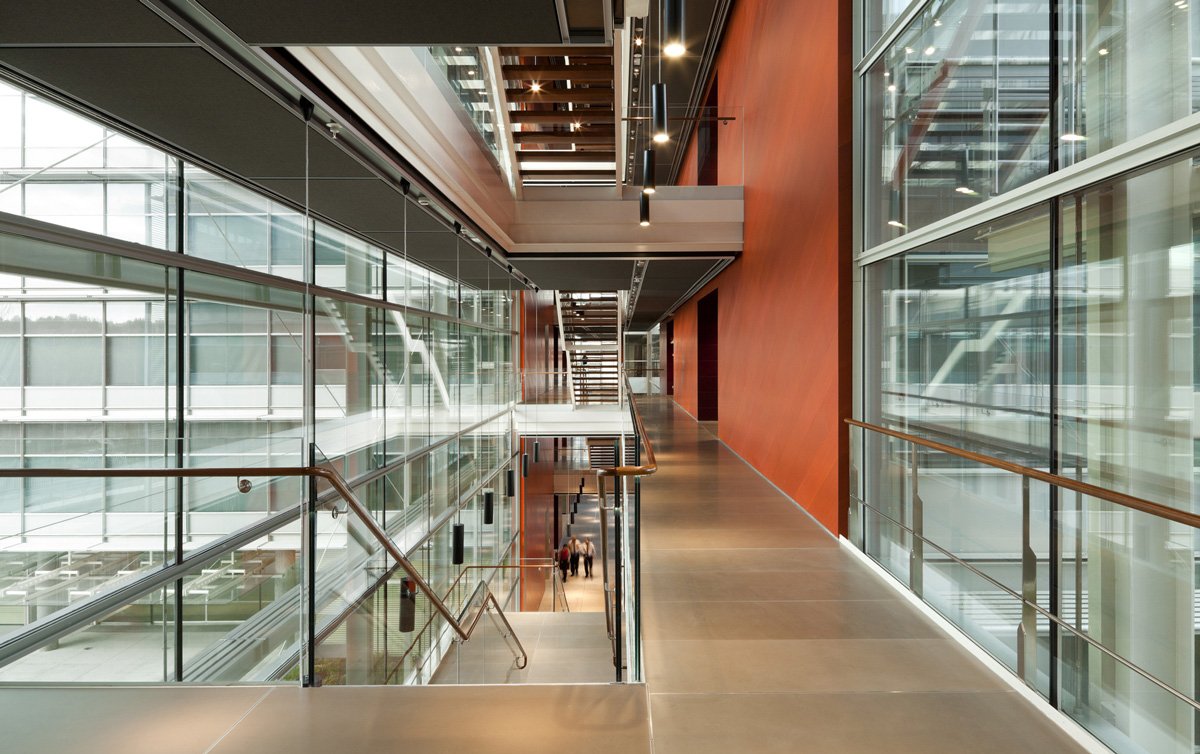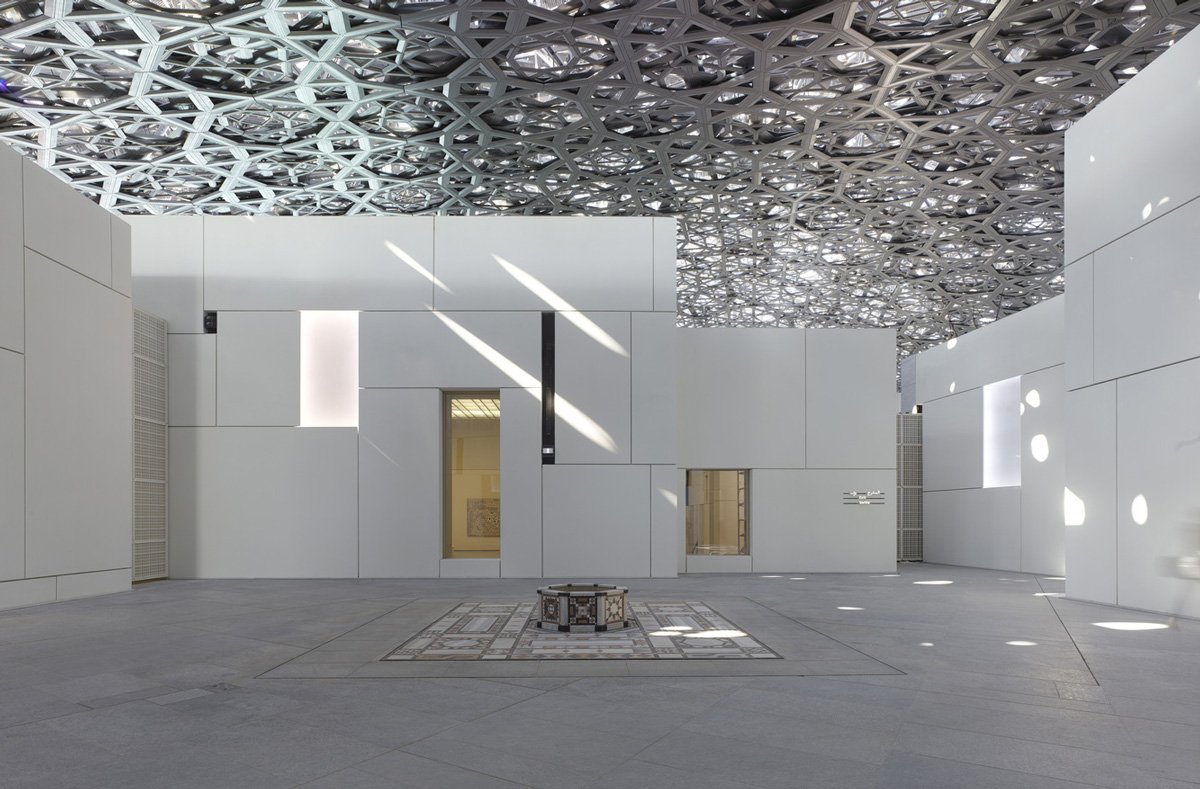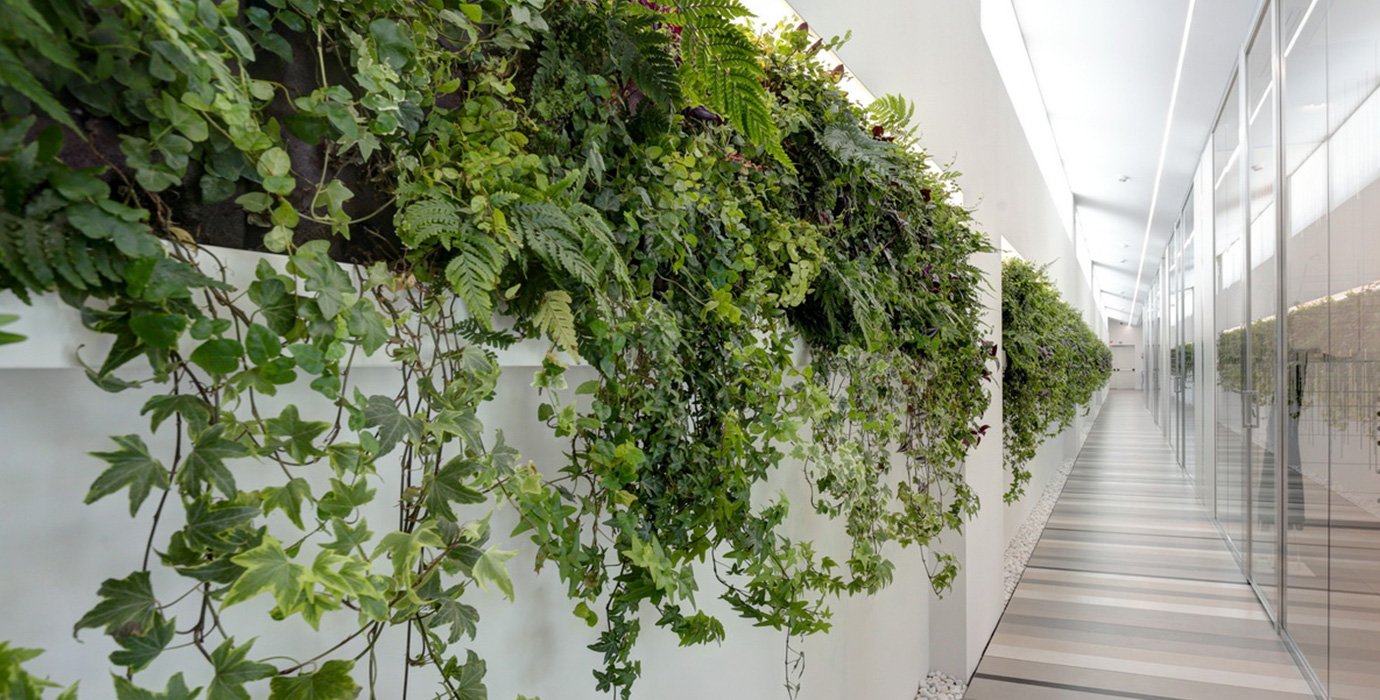
Home / News / Green Buildings /
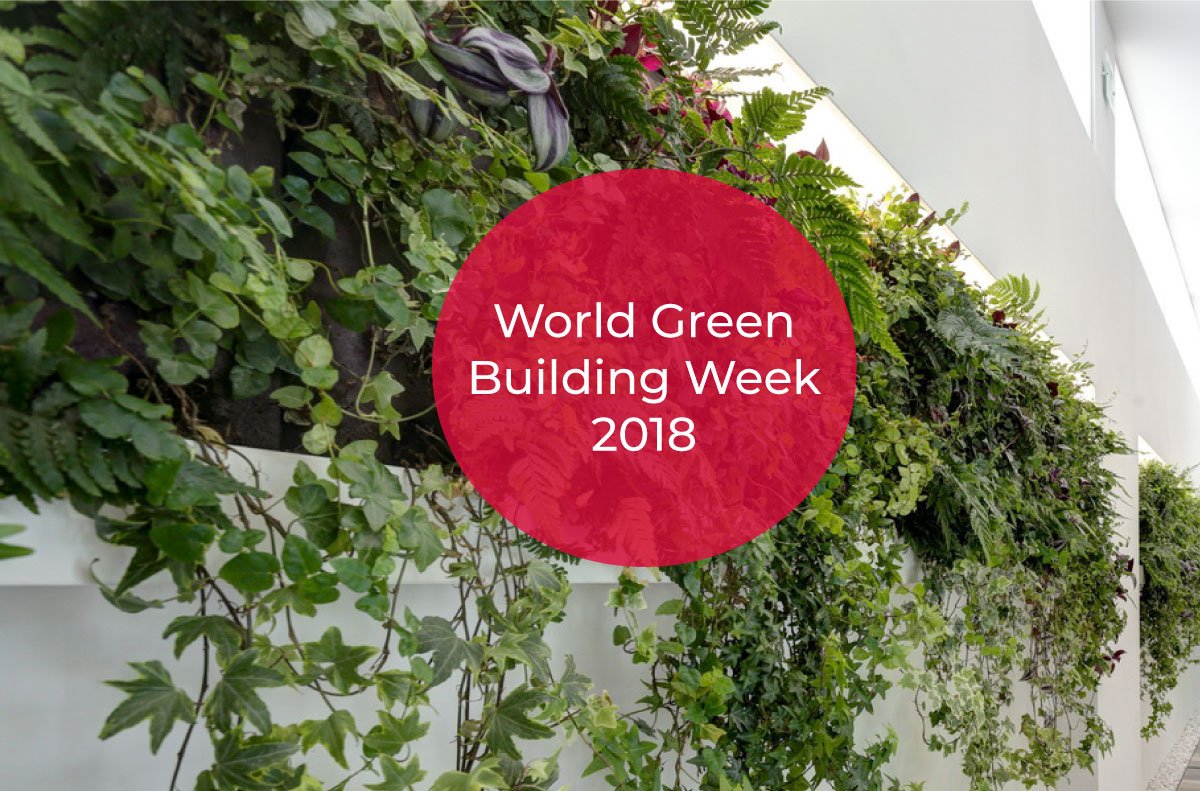
During the World Green Building Week (24 – 30 September 2018) dedicated to the low environmental impact buildings, thousands of supporters around the world promote initiatives to make our buildings greener and contribute to a more sustainable world.
Our commitment? We want to tell you about this through a collection of certified green projects, in which Nesite products have contributed to obtaining the credits for the raised floors.
05. WILBERG ATRIUM, Norway
Wilberg Atrium is the multifunctional building signed Griff Arkitektur, designed to achieve the maximum energy efficiency.
It was completely equipped with a UFAD (Underfloor Air Distribution) system integrated by the Nesite raised floor able to distribute the air flows in the heating and cooling operations.
The project has received the BREEAM “class A” certification, that represents the best evaluation of a building’s environmental performance.
04. deltaROSSO by delta ZERO, Switzerland
Designed for the maximum reduction of polluting emissions, deltaRosso is the high-tech residential complex, built to reach the deltaZERO standard (zero consumption and zero emissions).
Characterized by high class finishings and the most advanced technologies for living comfort, the building has also a floor heating system made with our Diffuse floor, the patented radiant system that guarantees perfect thermal insulation and over 35% of energy saving.
deltaROSSO is certified Minergie P, a green construction standard with very strict requirements, which requires efficient energy use while improving the quality of life.
03. CHRISTCHURCH CIVIC BUILDING, New Zeland
Christchurch Civic Building has been defined as the most eco-compatible building in New Zeelanda and it represents an important architectural restoration work by Athfield Architects.
The building uses technologies dedicated to the optimization of resources such as a mini rooftop power plant, sensor-driven escalators, rainwater collection for drainage toilets, energy generated by lifting brakes and hot water heated by the sun. The extra expense will be recovered in terms of energy saving in just three years.
Nesite had to satisfy the seismic characteristics of the project by providing various solutions that included the installation of a floor with a “bracing system” and special substructures, with heights up to 175 cm.
Christchurch Civic Building has received many awards and it was certified LEED Platinum.
02. BANCO POPULAR, Madrid
Designed by Arquitectos Ayala, the new headquarters of the Banco Popular in Madrid (Abelias Building) was conceived following the “well” protocol, the standard that combines efficiency and wellness.
With a building orientation along the north – south axis, a pleasant, functional and efficient work space has been created, characterized by natural light and wide open spaces. In addition to the various technologies used to reduce the environmental impact, the building also incorporates measures such as the promotion of sustainable transport and the rainwater harvesting used for the irrigation of the gardens.
The Nesite raised floors (a supply of over 30.000 sqm) have been included in this excellent context thanks to their eco-sustainable specifications such as the use of 99% recycled and recyclable materials.
The Banco Popular headquarters is a LEED Gold building.
01. LOUVRE ABU DHABI
Designed by Jean Nouvel, Pritzker prize winner, the Louvre of Abu Dhabi is one of the most ambitious cultural projects that includes 55 individual buildings inspired by the medina and Arab settlements.
Much of the building’s sustainability is given by the architectural elements such as the silver dome, whose complex geometric pattern creates, in addition to a spectacular “light rain” effect, a self-regulated “microclimate” that guarantees thermal insulation, ventilation and significant energy saving.
The raised floor of the Louvre in Abu Dhabi is an installation of enormous complexity, which included the design of a certified anti-seismic solution, equipped with “bridging” and “bracing system”.
The flooring was entirely made with panels in special format, becoming a symbol of the Nesite skills in the creating of a “tailor made” floor. The production of marble panels from Oman was carried out in Sharjah (UAE).
The Louvre in Abu Dhabi is a LEED Platinum building.
